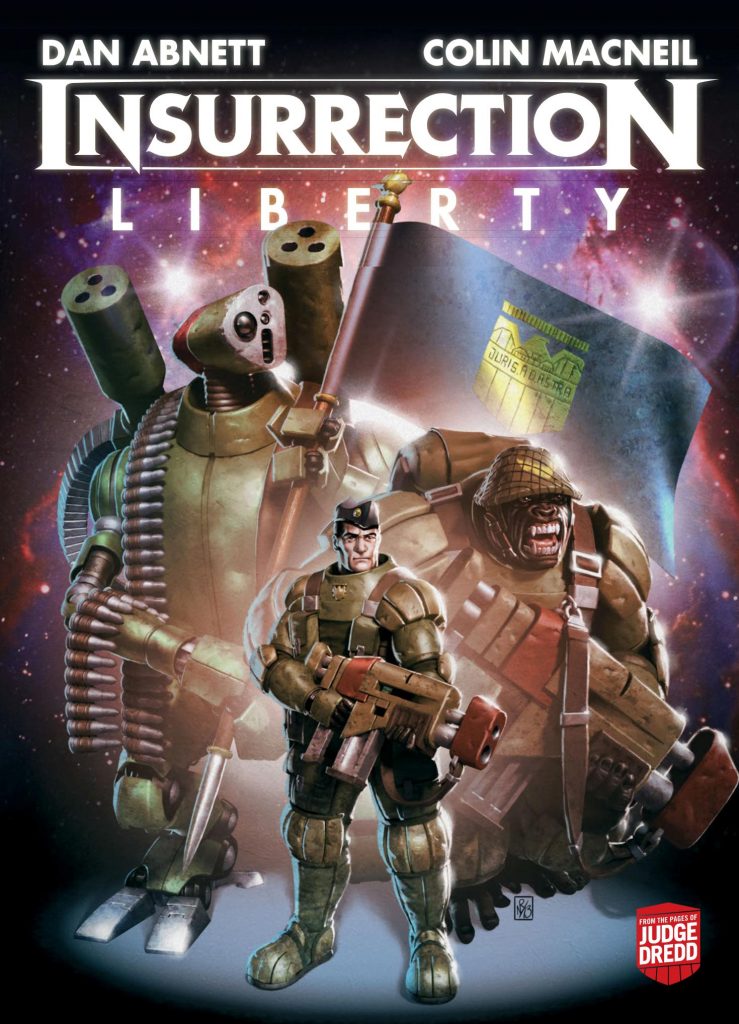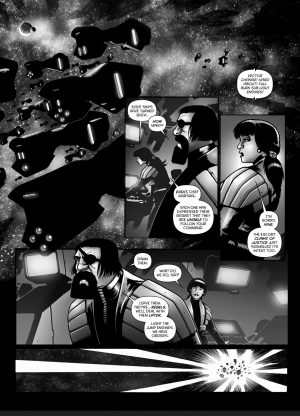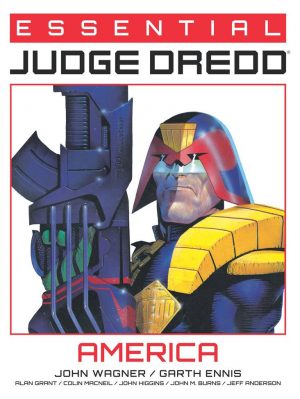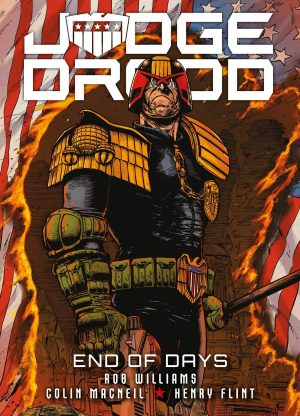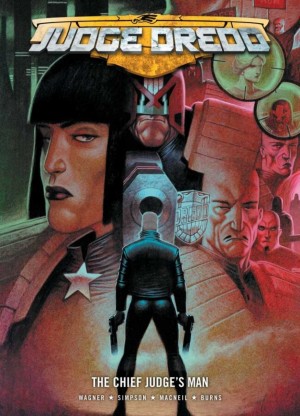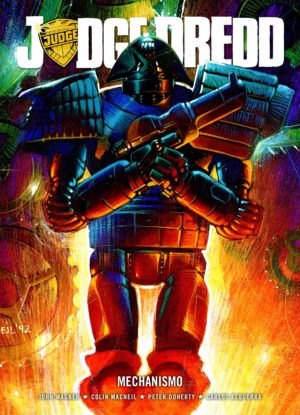Review by Ian Keogh
Insurrection is a story in three parts examining the pressures on the governing Marshals of Mega City colonies millions of miles out in space. The expectation is that a planet’s resources are funnelled back to Earth, but when help is needed against alien attack, Earth is found wanting. The first two parts were collected as Insurrection, concerning the activities of Colonial Marshal Karel Luther, and ended on a cliffhanger. The expectation would be that Insurrection: Liberty deals with that cliffhanger in short order, but Dan Abnett and Colin MacNeil take the unexpected approach, instead opening with a look at a different colony, also needing help from an alien attack. The Marshal and staff also believe in the principles of the Justice Department, and also believe they’ve been let down.
While the diversion into a different cast is clever in raising the tension, especially as Abnett reminds us of Luther’s rebellion as he concentrates on the other events, it’s ultimately engaging in repetition, as the circumstances of the new colony are much the same as those experienced by Luther. The outcome is also much the same, except something that occurs more rapidly. When Luther and his allies are reintroduced, it’s beyond halfway, and while it’s clever how the first volume’s cliffhanger becomes redundant, and how a new ethical conundrum replaces it, the resulting story remains more ordinary.
Liberty is further diminished in comparison because Colin MacNeil’s art isn’t as fullsome as it was. He’s professional, and many artists could be proud of the pages he produces, but there’s not the expansiveness and detail seen previously, many more of the panels telling the story in close-up. The designs are still first rate, though, with a lot of work involved in the preparation.
Because the plot is built around the big moral decisions, much of the remainder has little weight, in effect conceded by dealing with great battles rapidly and in passing. Abnett has a clever trick to drop for the final chapter, and he chillingly reinforces the Judges’ code, but Liberty lacks the thrills of the earlier volume. Although not directly connected, Abnett revisits some of the themes and returns one character in the far more consistent Lawless.
